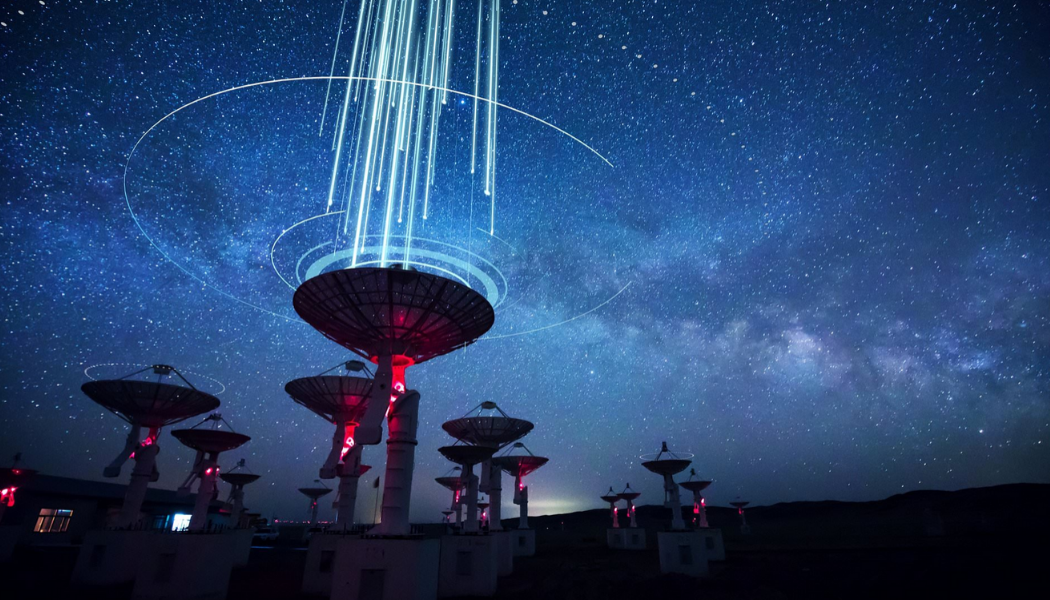


The researchers believe that future observations could help them determine if other repeating fast radio bursts have a pattern. Now, astronomers have discovered a new and ultra-rare type of repeating FRB located some three billion light years from Earth, which is close to another unknown object that is emitting a. The more bursts they can trace, the better they may be able to use the signals to map how matter is distributed across the universe. Understanding fast radio bursts can also help astronomers learn more about the universe itself. It was August 15, 1977, when astronomer Jerry Ehman was examining data coming from Ohio State University's radio telescope, which was engaged in listening for signals from deep space, hoping to find something of intelligent origin. The interaction between these two, and the wind coming off of the OB-type star, could factor into the cause of the repeating FRB’s pattern. OB-type stars are short-lived hot, massive stars. Their diameters are comparable to the size of a city like Chicago or Atlanta, but they are incredibly dense, with masses bigger than that of our sun. On a late summer evening in 1977, Ohio radio astronomers discovered a strong, interstellar signal that is believed by many to be the best evidence of.

Neutron stars are the smallest in the universe, the remnants of supernovae. The authors of another paper, who consulted with the researchers who discovered the pattern, suggest the cause could be coming from a neutron star and early OB-type star binary system. In the paper, the researchers consider the possible causes, like the orbital motion of a star or an object that acts as a companion in the outskirts of the galaxy. CSIRO/Dr Andrew HowellsĪ mysterious fast radio burst was traced to a galaxy 3.6 billion light-years away The KECK, VLT and Gemini South optical telescopes joined ASKAP with follow-up observations to image the host galaxy. Artist's impression of CSIRO's Australian SKA Pathfinder (ASKAP) radio telescope finding a fast radio burst and determining its precise location.


 0 kommentar(er)
0 kommentar(er)
